Meet your hosts
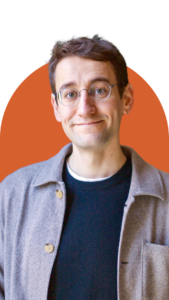
Sam Edwards
Sam Edwards has a wealth of experience devising strategy and managing marketing campaigns across industries, with a particular focus on standout, creative campaigning. He has his heart screwed on and his head in the right place.
Beyond Yawn, Sam works with The Feed social enterprise as a Non-Executive Director, working to prevent poverty, hunger and homelessness in Norwich.
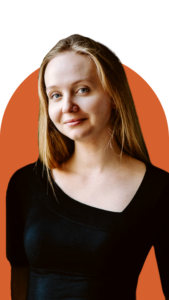
Grace Appleby
Grace Appleby oversees all of Yawn’s precious relationships with clients, friends, partners and suppliers, and enjoys nothing more than meeting new people.
In her free time, Grace is a networker by nature – organising events for the Buy Local Norfolk community and running Norfolk Women’s Marketing Network C.I.C.
Transcript
Grace: Welcome to the Yawn Marketing Podcast. We believe good marketing is like a yawn. It gets to you and goes around the room.
Sam: We’re an agency and consultancy based in Norwich, and as we approach our fifth year, we wanted to step outside the business and reflect on the learning so far. I’m Sam Edwards, the agency founder, and I’m joined as ever by Grace Appleby, our client service director.
Grace: We’re going to be looking at the highs and lows of agency life, and everything in between, so let’s get into it.
Sam: Great. What are we talking about today?
Grace: Today we are talking about marketing. Our marketing as an agency and all of the challenges that brings when day to day you do that for everyone but yourself.
Sam: And it’s only taken us five episodes to get here. I wanted to start with the first bit of marketing that I remember doing for Yawn.
It was when I was a freelancer and I knew that I had, I just about had the budget to bring someone else into the business that someone turned into you. And I needed to build a brand. I didn’t really have one. I was just kind of talking to individual clients, individual businesses just kind of under my own name, really.
So the first bit of marketing I actually did was commission a photo shoot that was more expensive than I could actually kind of afford, but it felt really important to me that if I was going to go outside, out and kind of market myself, it needed to be myself and they needed to see me rather than kind of stock imagery.
I approached a photographer that I really liked, whose work I kind of really admired and didn’t do lots and lots of kind of commercial stuff, but just like a really cool photographer that I knew I would kind of enjoy and got some photos of me. Some headshots, some kind of like, almost like us creating our own stock imagery, but like pictures, really nicely done pictures of houseplants and pens and notebooks.
Grace: Some of the most notable, Sam doing the iconic yawn pose. And Gusta’s little paws on the desk.
Sam: Yes, of course, yes. They still feature regularly. So I got my dog with me as well, yeah, I forgot about that. And we got her paws on the desk, we got her, me and her sat at the desk kind of working and stuff.
That sounds very cheesy. It was. It was done in a classier way than that.
Grace: It was to be fair, and seeing as I like to think that all of that, that whole marketing exercise was done just to get me, and I really appreciate the effort you went through, Sam, you know, you won me over. But no, those pictures in particular did make it look like Yawn was an actual thing rather than just I think
Sam: it looked like an actual thing, but also like maybe like it actually had budget, right?
That was kind of part of the thing was I didn’t want people to think that we were yeah, I respond pretty negatively to stock imagery, particularly in that context where if you’re trying to sell marketing services and there’s pictures of graphs with upward like lines going up or a lot of people in suits like crowded around.
Grace: And just quickly going back to how we used to market ourselves was all in the relationship. You were the relationship. So using stock imagery would have been just silly. And at that point, because you were the product as it were.
Sam: I just a quick thing, a side note on that. The photographer I used was actually it was a kind of resident technician or something at the University of Birmingham. Don’t ask me how, how this kind of happened. I hope this is a relevant segue. They had to fill out a special form to allow the dog into the university, and I was just mobbed by students all day, like, knocking on the door to this enormous studio that we’d rented out.
It was far, far bigger than we kind of needed. Coming in to just say hello to the dog is quite embarrassing. There you go. Sorry, I’m getting a look for going on a segue, sorry about that. I wanted to, so that idea of kind of showing, showing our workings, I guess. is the principle behind the brand that we’ve built.
We’ve tried to showcase the journey that we’ve been on, but also all, like, all the steps that have happened in there, so that, like, when, say, when it became you and me working on the brand, we wanted people to see that there were two people here. It sounds like a silly thing, but for me as a freelance marketing consultant, to have someone else in the team.
Grace: yeah, it’s a big difference, absolutely.
Sam: Yeah, and so we’ve done that as the team has grown. We’ve tried to showcase more of the people within the team, more, like, even showing our learning how to show their personalities, learning how to show our expertise, the mistakes we made, things like that along the way.
It’s all come, I would say, from a principle in our marketing of show you’re working, like, show how the thing is developing.
Grace: Yeah, I think that sums it up quite nicely.
Sam: The central kind of premise behind some of that comes down to our colour scheme. Do you want to, like, do you want to reflect on that a little bit and what that means in the kind of yawn world?
Grace: Yeah, so when I joined yawn, we were yellow. Mm hmm.
Sam: But we had meaning that we had, we had a yellow logo, it was just a yellow square with the word Yawn in it.
Grace: Yeah, and everything was yellow, and yellow is my favourite colour, it’s also part and parcel why I was so attracted to the website. Everything was done for me, Sam, we already know this.
But yellow wasn’t the only colour, because you had five brand colours. We had five brand colours, and we were yellow at the time, but we have since progressed through green and orange, which I’m sure you can explain why. But we’ve used those colours as kind of primary and secondary throughout our marketing, but go on, explain the reasoning.
Sam: So we’ve always, we’ve always had a dominant kind of colour that we’ve used for our, for our logo. But that we’ve then brought in accent colours and graphics and things like that. We can kind of have some kind of versatility to the brand. But the point of it early on was I recognized if I was going to, if it was going to become an agency that was going to be kind of what I wanted it to, to become, it was going to have to go through some really big changes, some really big moments and that the business in 12 months was going to need to feel very different from the business now.
And the business in two years will be completely different from how it was so I kind of came up with this idea that we’re going to work in chapters and while we’re in that yellow chapter that was us with yeah, a marketing consultant plot like plus another body and we would we do everything together and all that some of the stuff that we described in episode one. We then became a bit more like an agency and so we went into a kind of green phase where we had different we had like different people handling different accounts.
We were starting to put ourselves out there a bit more as an agency and then we’ve got our kind of current one. Is it like burnt orange? But like that right now we are, we are competing nationally as an agency and we’re kind of working in a much more structured way than we were, some of which, again, we’ve covered in the last few weeks, but the whole point behind that was that.
The business needed to maintain some of that continuity. We are the same business that we were back when I was, like, pulling a dog crate through the University of Birmingham for a photo shoot to kind of showcase me as a marketing consultant. We’re the same business as we were back then, but we have gone through some very distinct changes, and I wanted that to be manifest in our marketing, manifest in our, in our branding and our kind of identity.
Grace: And I think that’s nice for us because I think as a startup, You will change so much in such a short period of time that you probably do have the kind of urge to rebrand every time one of those changes happens. But I think for us, that’s our way of just marking those changes without having to go through an entire transformation.
And I think it was, it was smart of you up front to, to have recognized that was going to happen. Bear in mind, we’re three colours in. Yeah. We’ve got two more to go and then I think we’re gonna have to start again by the looks of things.
Sam: Yeah, I don’t know what happens then. But, a little off the topic of our marketing, we’re on our kind of business development, but we do also, we are able to recognise clients and say, okay, that’s, that’s more of a green client.
Maybe we’ve outgrown that kind of work or that or we would handle things differently now.
Grace: We’ve still got some legacy yellow clients and there’s not a problem with any of those, but it helps us to identify, yeah, where they fit into our progress for sure.
Sam: Talking about our progress, I wanted to bounce to you with the things that you think we’ve learned about our own marketing and some of the, Strengths that you think that you think we’ve got now, but also kind of the biggest lessons that we’ve had along the way.
Grace: I think it’s easier to start with the challenges. Probably, I think a key thing for us has always been consistency, which I think is also the case for many marketing agencies, you know, until you have a dedicated marketing manager, which, you know, we’ve had at times we’ve had it’s really hard to prioritise your own marketing when you are doing the marketing for all of your clients.
It’s always the bottom of the list. We used to try and, amongst our team treat you on as a client and kind of delegate time as we would in the same way. And it never happened because if a client comes knocking, they are always going to be priority over our own stuff.
Sam: Yeah, it’s the cobbler’s shoes thing. And in the same way that we would tell our clients, your marketing shouldn’t be an afterthought. It shouldn’t be something that you kind of just like drop in and out of, we have the same problem with our own marketing.
Grace: Guilty as charged, absolutely. So consistency has always been a big thing for us and sticking to a strategy.
Had many strategies over the years, none of which I don’t think we’ve necessarily stuck to. The next thing I’d say is probably demonstrating our expertise, which probably comes from when it was you and I trying to demonstrate that the lights were on and there were two of us when we transitioned to green and then to burnt orange.
We didn’t necessarily change that tactic or we’re now learning to change that tactic. So we were too busy saying hi, we’re here rather than look, look what we can do. You know, look what we can do. Look what we’ve done for our clients and case studies were always on the back foot and things like that. So I think demonstrating expertise has always been a challenge.
We’re now actively addressing that. Okay. Especially now we’re a bigger team, there’s plenty of expertise to demonstrate, so we need to get better at doing it. And then the third thing, I think, is probably our brand personality, or our tone of voice. I think, at the moment I’ve been working with a team to, to do the social media, and they asked me what our tone of voice is, and unfortunately, our tone of voice is Sam and Grace, which is rubbish.
That’s rubbish. It wasn’t thought out. You know, it wasn’t purposeful. It’s just however you and I would write a caption explaining something is how it would, how yours would come out. So yeah. So, conveniently, we don’t really know what our brand personality is. But as of tomorrow, I hope we will. What are we doing tomorrow?
Sam: Yeah, this recording is a good timing because we happen to be going into a brand positioning exercise tomorrow where we’re doing exactly, again, exactly the kind of thing that I would recommend clients do all the time in that as your business evolves, as it grows, again, going through different chapters, your marketing is going to need very different things.
We’ve got to a point where just to pick up on that personality thing or kind of tone of voice for a long time, the brand was the individuals in it. We now need the brand to stand on its own two feet and it’s kind of crying out for that. And we don’t know exactly how to do that. So we’re going to run an exercise just like we would be clients where we anatomize the business, thinking about who we are, what we sell, who to and how.
And we’ll be looking specifically at, okay, we’ll be taking everybody’s personality and everybody’s approach, everybody’s style. But like moulding it together and saying, right, what’s the kind of uniform structure behind this?
Grace: And thinking about what do we want to be putting out rather than what we just happen to be putting out because it’s who we naturally are.
You know, what we purposefully trying to put out into the world, I think is the key thing. So yeah, I’m, I’m looking forward to that.
Sam: Yeah, and it’s interesting, again, we like not necessarily to kind of cover today, but again, with clients, I always ask them before going into those things. What are your non-negotiables?
What’s the stuff that, regardless of how mature the business is getting, or kind of how developed your marketing function is, what do you want not to change? For me, and I’d be interested if you’ve got the same thing we use like authenticity as a really kind of. Common buzzword. But the non negotiable for me is that show your workings thing.
I want the business community that we serve to understand that we are still on a journey, that we are like still learning from, from our own kind of expertise as marketeers and that we’re kind of always developing like that. That’s why I like the chapter thing and the fact that we do occasionally change gear as a brand and show that to everybody.
Grace: I think mine’s probably a version of that of kind of being approachable is my key thing. I think you can, you can show your case studies and talk about your expertise in a way that is actually quite off putting. I’ve found from other businesses I’ve kind of looked at and you know, you can, you can see people and think, oh goodness, I don’t.
I don’t want to talk to you. I can reach out to you because it’s a bit too showy and impressive. And whilst we want to be impressive and share the work we do, I still want us to maintain that we’re your, we’re your local friendly marketing folk, obviously not always local but I like the fact that our personalities have always been front and centre and people feel like they can reach out to ask us a question even if they’re not actually interested in, in working with us long term.
We do get people reach out and say, Oh actually I’m doing this, do you mind if I have a chat with you about it? Or could I run this by you? And I like that, I like that we’re accessible to people. So that’s my non negotiable.
Sam: That’s really nice, I actually had it written down. The last thing I was going to say in this, in this half before we take a break was just reflecting on the fact that we’ve grown.
From the, the marketing that we’ve done has always been looking to serve our, like, our community again, whether that’s the kind of local or national. There are, we’ve done a very good job of bringing people under our wing, marketing execs, marketing managers, things like that, and being very accessible, very open.
Our future is always, whenever we’ve kind of considered what our future needs to be, we’ve always said it has to feature that community at its heart. We have to learn from them. So yeah, it’s interesting that we’re on the same page. Let’s take a break and we will be back in one moment.
Welcome back.
We need to talk about sales versus marketing because in an agency environment, often one clouds the other one, particularly when you’ve got a revenue target. You, not so long ago, were our head of partnership, so you were sitting right at the heart between sales and marketing. Can you talk about that, kind of, how those two things interact?
Grace: I think the difference is whether you’re looking at marketing in terms of showing that the lights are on, which is definitely what our marketing used to be, versus marketing in order to support and bolster sales which are very, very different, because for a long time you were in charge of sales. And I was running the social media or the team were doing the social media just kind of completely separate one wasn’t supposed to feed the other which obviously makes little sense.
Sam: You say social media that, that was our marketing. That was our marketing, that was it. That was, so for, with strategy, with outputs, everything, the only marketing we did that we actually thought of as marketing was social media.
Grace: Yeah, pretty sporadic social media at that. So but then marketing in order to, to help support sales is incredibly different.
I was managing both sales and marketing and my biggest takeaway is that you can’t focus on both those things effectively at the same time. I don’t believe, I’m sure there are people out there who can, I’m certainly not one of them. Because if you give me marketing and sales and you know, there’s a target to reach sales is going to be prioritized there and the marketing is in the marketing we think of as social media and that the cuddly content that’s going to be forgotten.
Yeah. Okay. Marketing that might help support that sales funnel. Bye. Bye. Might still make the cut, but it’s a lot harder to balance those two.
Sam: You say in, like, whether, whether you could do, whether anyone could do that. I think particularly in our business, that’s where the challenge was and where anyone would have found that challenging.
And actually it comes back to, we were just saying that the first bit of marketing I ever did was to try and recruit. Actually All the marketing we did for the, for like following couple of years was always about recruitment. Our marketing was really strong with our kind of local talent acquisition kind of game.
Yeah, we were very able to engage that audience and we were able to pick up some local business here and there as well and some kind of like regional stuff kind of where it mattered but really that all came down to sales. Hence, we learned into partnerships and kind of, kind of tried doing that.
So, yeah, it’s, it’s, that was always gonna be a poison chalice.
Grace: Yeah, and I think it’s, it’s a hard balance to strike, especially when you know, a lot of your marketing activity might not. Might not look as if it’s going to help sales. So kind of, the events marketing and the networking you might not see how that necessarily feeds the kind of pipeline but I think it’s probably been our most valuable and effective marketing channel thus far has been us going to events and talking to people and networking.
Sam: We talked in our first episode about kind of how this business turned up after the pandemic, right?
We, like, that was, that was a very seminal kind of moment for us. And you and I figured out how to do like the marketing consultancy stuff. And then all of a sudden there were networking events everywhere in a way that there hadn’t been just kind of six months before you were hired. July 2020. Yep. So back then there was definitely no networking, but by kind of, I don’t know, November, December that year, there were a few events and they were seen as quite, quite weird and wonderful and like, maybe even a little bit edgy at that point.
Grace: I think it was actually 2021. Yeah, I think we were working together for over a year before really networking came back.
Sam: It’s funny how that, the kind of pandemic timeline is, yeah it’s mad. But I remember the first time we went to one of those, first time I went to any kind of networking event with my Yawn hat on.
I was so excited. It was like Comic Con for you. That was a joke that I was making a lot, because there were all these people from LinkedIn that you knew.
Grace: Well, and we’d lived online for so long, but my, especially, that was my, my first entrance into the marketing industry in Norfolk. I was, Making connections on LinkedIn.
I was a fiend on LinkedIn connecting with everybody and that was all I had.
Sam: You were a fangirl
Grace: I was a fangirl and I went to this event and I was like, oh my goodness I know that I’m connected to that person and I was so excited. You on the other hand, not so much.
Sam: I was not. I was a bit nervous to be in that kind of environment to be honest and particularly being in and it took us a long time both of us actually a long time to turn up to those events and not be like just passive kind of spectators.
We were very good at, again in our own ways, very good at building connections and kind of making friends. But it took a long time to learn, oh, you can actually, you can win work from this. And I think that’s completely correct. I would, I would, I would never advise that someone goes in and tries to learn how to sell on a networking event.
And in fact, if you go and try and do that, like try and sell a tool. It’s probably going to kind of blow up in your face, but there are ways to, to kind of capitalise on connections that you make and go, okay, right, that’s an interesting person to talk to in another environment to kind of learn to present your services in a way we didn’t learn how to do that for ages.
Grace: No, and I think a lot of that comes from you in particular, quite a humble person and talking about the fact that I run a business and this is what my business does isn’t something that comes naturally to you and I didn’t used to anyway and at a networking event you kind of have one opportunity often to introduce yourself to somebody and tell them what your business does.
Sam: Yeah, I do.
I don’t think my friends would call me humble, definitely not my wife, but like there’s I know what you mean. I definitely don’t like saying
Grace: Someone would say okay Sam. What do you do? You’d say I work in marketing. That is what you would say, and that tells nobody anything.
Sam: Yeah, well you make me sound, yeah, I think I would normally say, I work at Yorn Marketing.
That’s the bit that you’ve always, you’ve always kind of told me off for, as I say, I work at Yawn Marketing.
Grace: What Yawn Marketing as well? Yeah. You know, and I think you should always follow that up with, I’m so and so, I work here, and this is what that business does. Yes. For this, for these people, for this audience.
Yeah. And we didn’t have that for a very long time.
Sam: I feel like I’m being told off. I want to remind myself and you, I don’t do that anymore.
Grace: You don’t do it anymore, but, but yes, it was quite a while that you did do that, under the same vein of me making you get linked in when I first joined. Yeah.
Sam:Those two are pretty similar.
But this, again, this is all learning how your staff introduce themselves at a networking event. That’s your marketing. Absolutely.
Grace: Just as much as anything else is. And so, you know, talking about brand positioning, that, that, that is the brand positioning. What do you say in that moment, in your opportunity to make someone remember you?
Because it will be the case that somebody you met at a networking event last year will all of a sudden need some paid ads. And they’ll think, oh, I met someone who just paid ads. And if your name doesn’t come up, then that’s your opportunity lost.
Sam: And we talked last time about the processes that we’ve got around business development.
And the length of our kind of pipeline, if we, if we’re talking to someone for two years, yeah, it’s really important that two years ago when they, when they met Grace Appleby, they remember that she said this about the brand and that you introduced it and kind of did it justice at the time.
Grace: Yeah, and you kind of remembering that personal brand plays a lot into an agency’s marketing as well, because after those events you connect with those people and then are they seeing content from you that relates to your own marketing and reminds them what you’re on does and, you know, how amazing we are and all that kind of thing.
You know, it’s, it, It is, there’s more of a science behind it than I think either of us like to admit, because we just like going and having a jolly and meeting nice people.
Sam: But you forget the effect it has. How amazing we are. I’m going to quote that back to you. You remember that. I already regret it.
We’ve taken that same ideology and that same kind of thought process when we’ve started building our own events again I’m bouncing everything everything to you now because of events is very much kind of your game, but What would you say is our kind of guiding ethos when we kept creating those?
Grace: Well, I think for us, it is along the same vein of why we go to networking, is the events we held are to nurture a community, like you said earlier, kind of showing our workings, making sure we’re approachable to people who might need marketing support. The events we held, we held roundtables. We will be holding them again soon.
But our roundtable events were for people to come and brainstorm and to kind of pick our brains and for us to pick theirs and to kind of have a shared discussion about a marketing challenge or kind of something along those lines. And for us that was, again, just to position ourselves as friendly people who you can talk to about marketing.
Whether that’s because you need our services or not, we want to be those kind of go to people who can guide you in that way.
Sam: It comes back to that authenticity and showing your workings, right? Yeah. Last thing then, on brand positioning, I and it comes back actually to that idea of your elevator pitch, and I, I had a thing recently where I’m talking to a a firm of architects, right?
They’re it’s a fair sized firm, they’re kind of all across the UK. And at the same time, I happen to be having a couple of meetings with a much, much smaller, like, sole practitioner, structural engineer. And ahead of, ahead of my architects meeting, I just asked someone who, asked this guy who’s in the same world as them, What do you think of when I mention this brand?
And it was really interesting because he said Oh, they do, they do steel frame buildings. They do these really big steel frame building projects. And then when, in my first meeting with the architects, I was able to say, oh, I asked someone what they think of you, and here’s what they said. And lots of kind of frowning and kind of head scratching around the table as they’re all trying to work out like we do steel frame building, but like that’s that’s not our thing.
That’s not the one thing that we want anyone to know and we kind of traced it back and it turns out that it probably came from this one case study that got a bit of press at this point and, and maybe kind of that would be why. And it was, it really brought it alive to me that that’s when we talk about brand positioning, if you boil it down, it’s basically if people only know one thing about you, what, what will it be?
And for us to kind of, I said that is all about kind of show your workings to pull the curtain back even further for us with this podcast a lot of this is if you know one thing about your marketing in 2024 I want it to be that we’re five years old and back to that first thing that I said the first bit of marketing activity that we did was when I was commissioning a photo shoot to try and pretend that I was kind of like a bit a bit more kind of established than I was we spent a long time, either masking how young the business was, or kind of finding creative ways to point to us being a bit older than we were.
So like, I would talk about the kind of clients that I’ve worked with who are we’ve got a client who’s celebrated 60 years. And I talked about how I’d steered them into a kind of digital future and things like that, like find ways to, to make a point that you’re part of someone’s long kind of business journey.
No one ever thought that I’ve been in business 60 years to be clear, but like it’s subliminally, it has that effect. We’re now in a phase where actually we are pretty established. We have done quite a lot of exciting stuff.
Grace: And I’d say we are still known locally as a small and young, which is, which is precisely what we’re working on changing.
Sam: Yeah. So trying to solidify that as, hey, five years, some people that means. Wow, they’ve done a lot in five years. To some people, it means, okay, cool, they’re young and fresh and punchy and they’re kind of doing that.
Grace: But you know, it snuck up on us. We’ve blinked and all of a sudden we’re a lot bigger and it’s been five years, which definitely surprised me.
So it’s kind of making sure that that’s what we’re putting out there as well because. Yeah, we’ve been here for a little while now.
Sam: Feels true to the journey that we’ve had so far. It does, it does. In our last episode, we’re going to be doing something a little bit different in that we’ll be looking at that journey that we’ve had and say this whole series has been to celebrate five years in business.
We’re going to be looking back andshouting out five people who’ve been part of that journey and who made a kind of particular contribution that has changed the game for us a little bit. Hopefully there’ll be some learnings in there for lots of different folks. And it’s a nice way for us to, to reflect and kind of give a bit of thanks.
Yeah. I can’t wait.
Grace: So tune in next time.
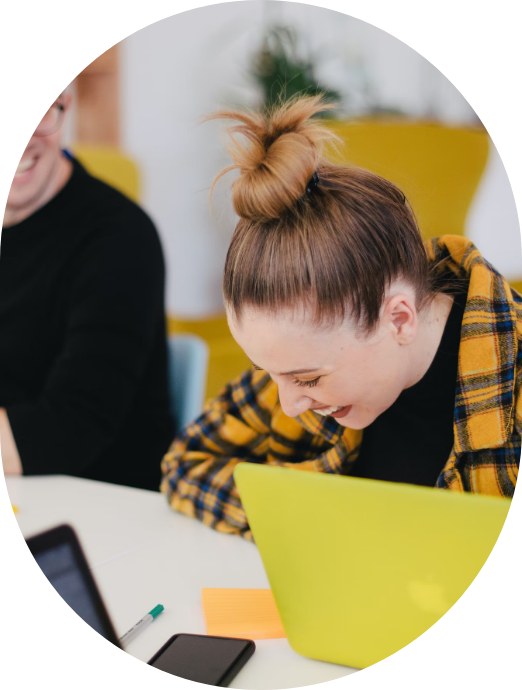
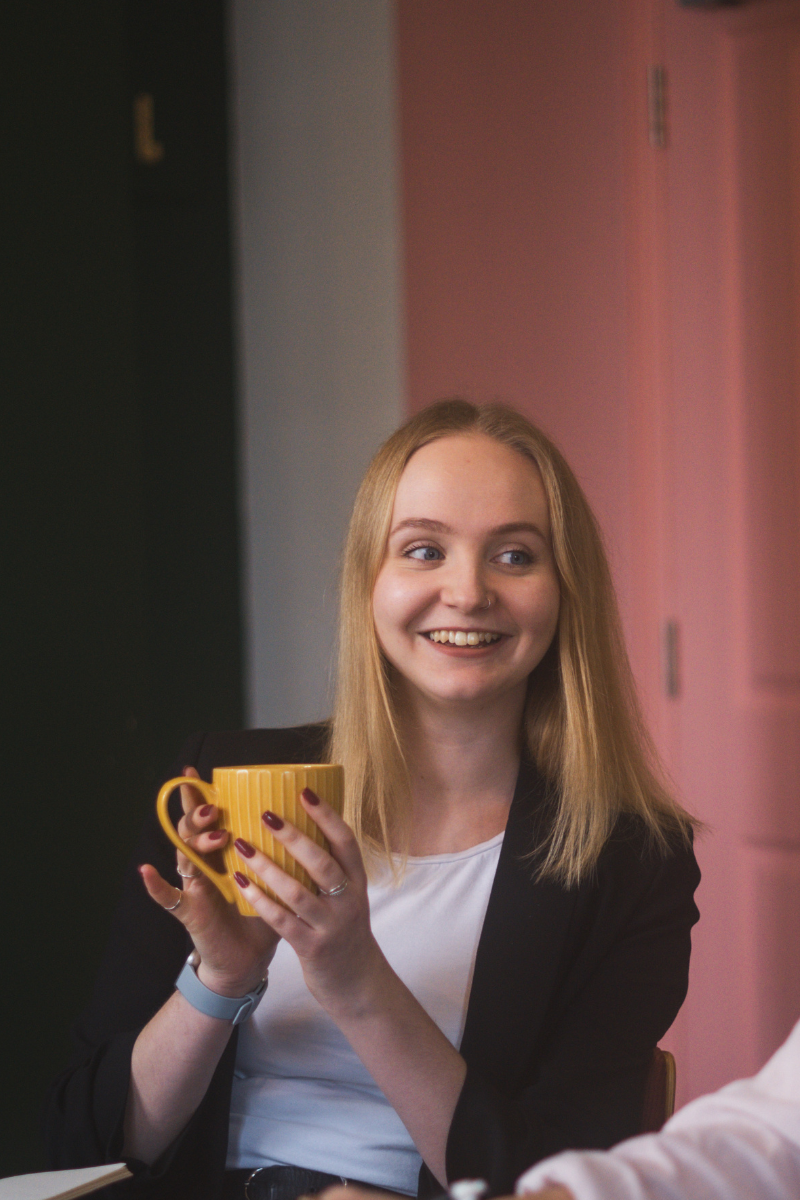
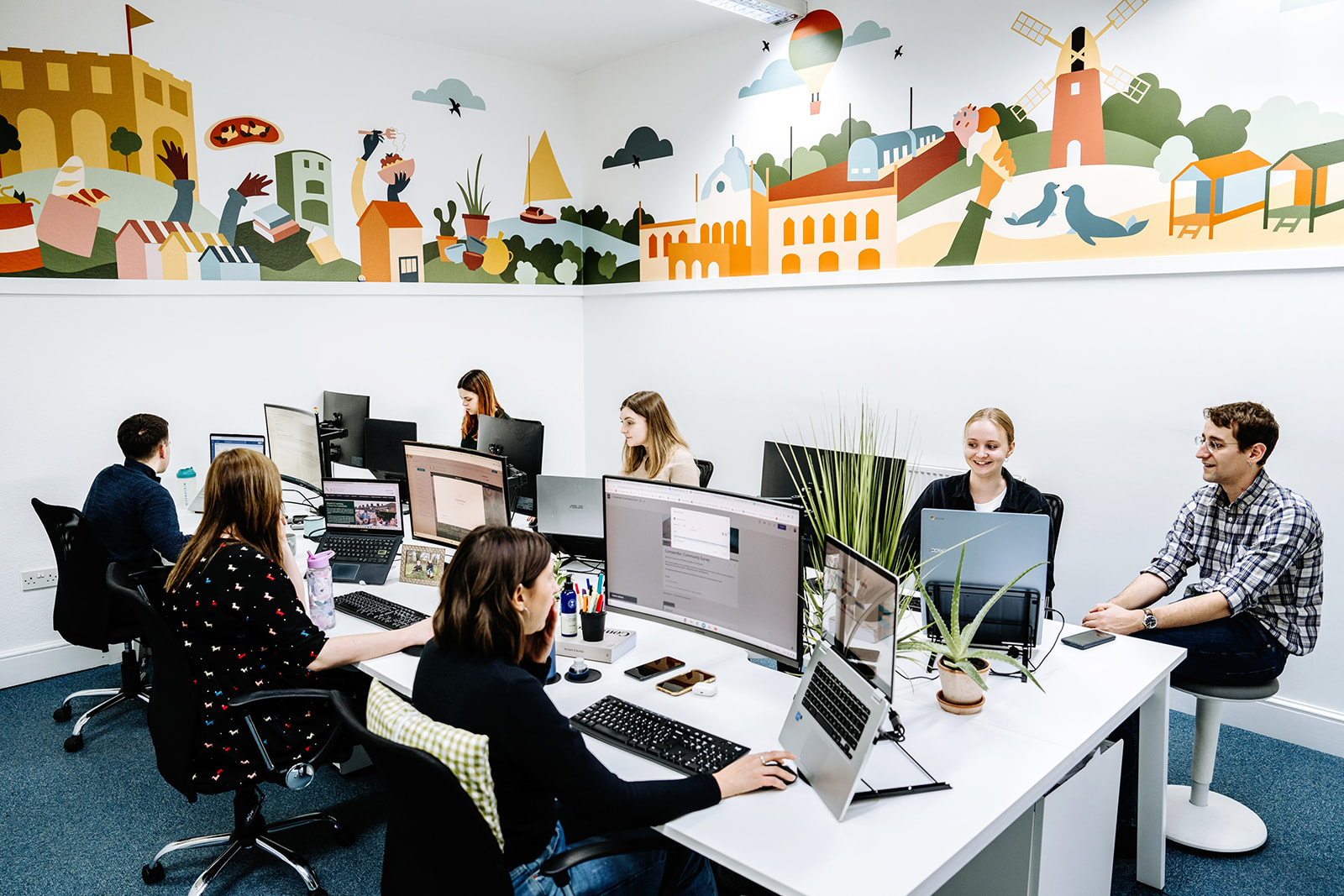

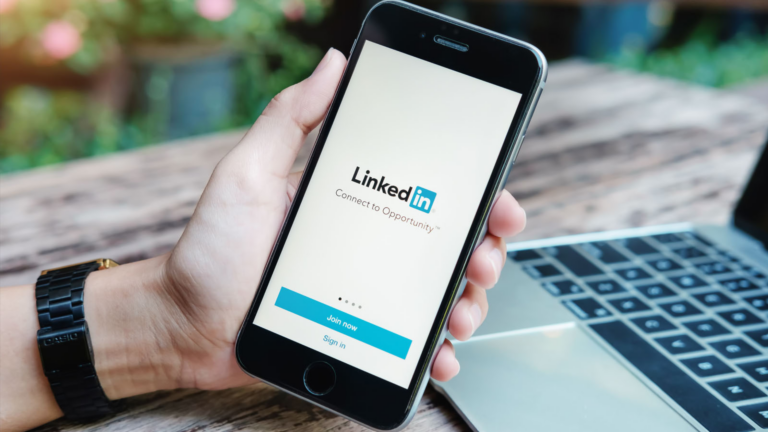
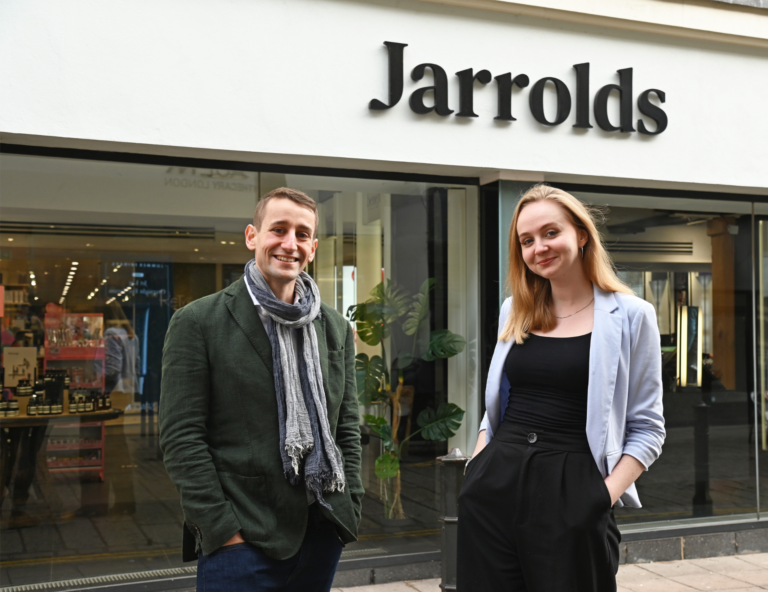
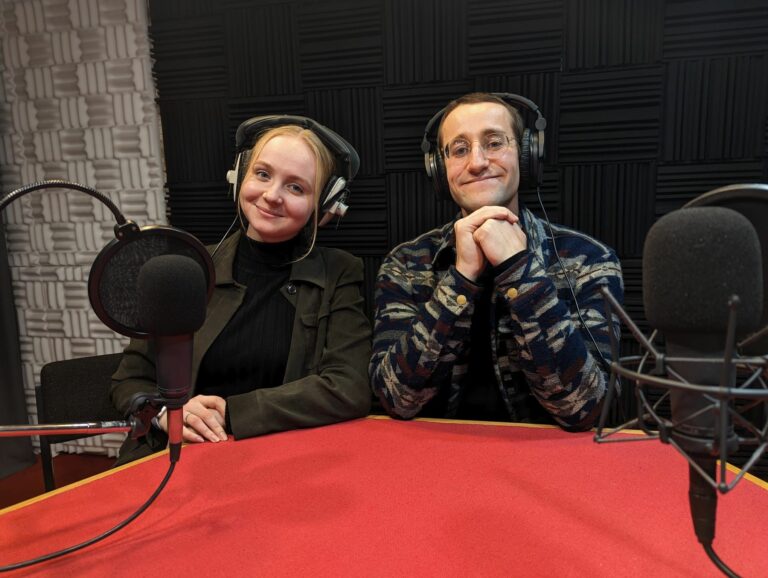
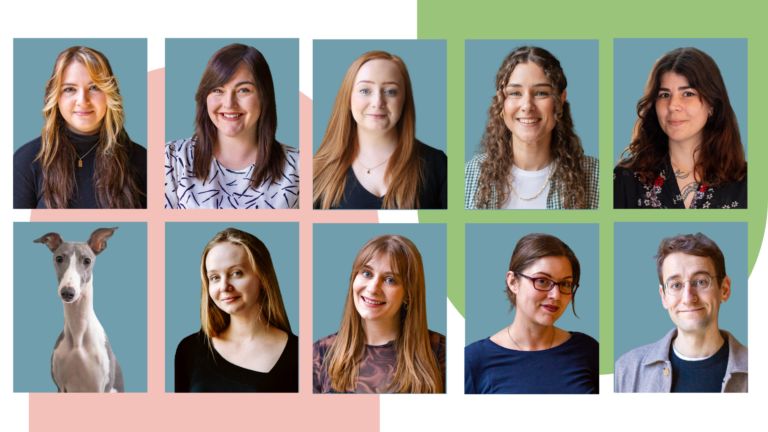



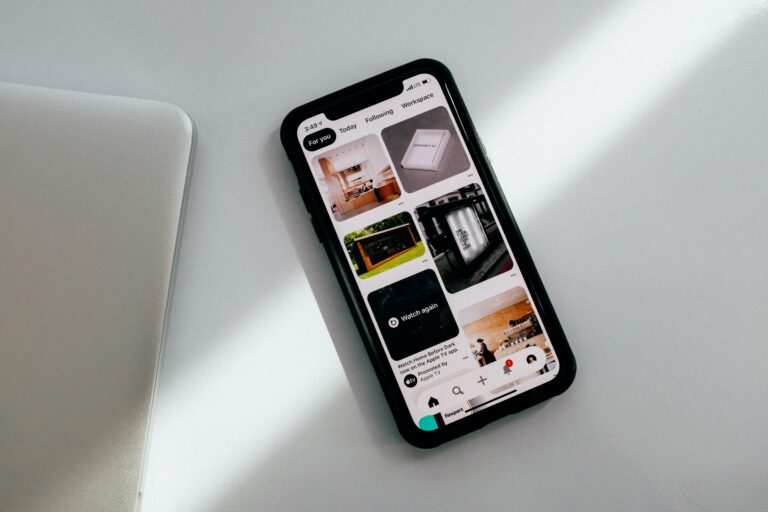

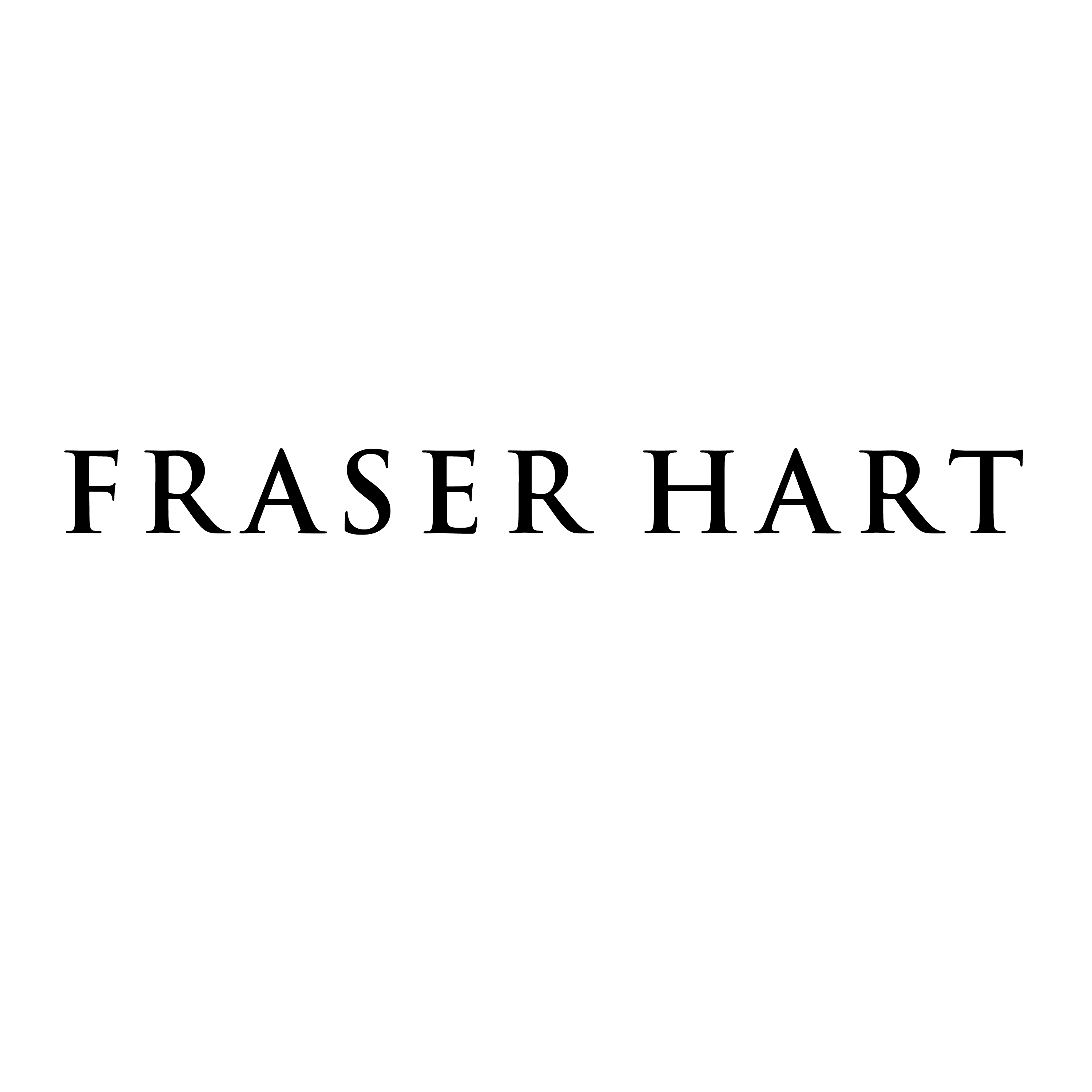
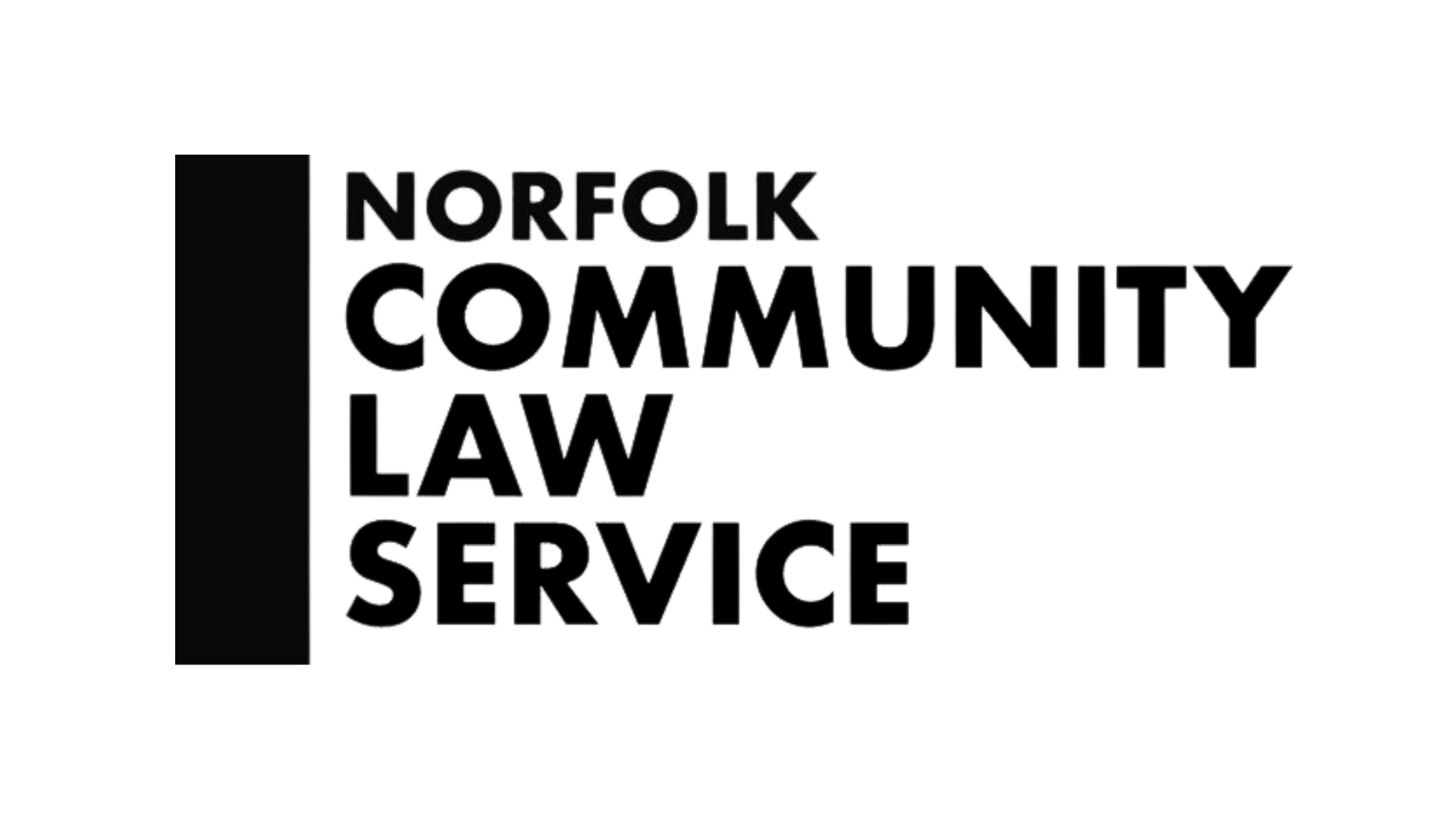


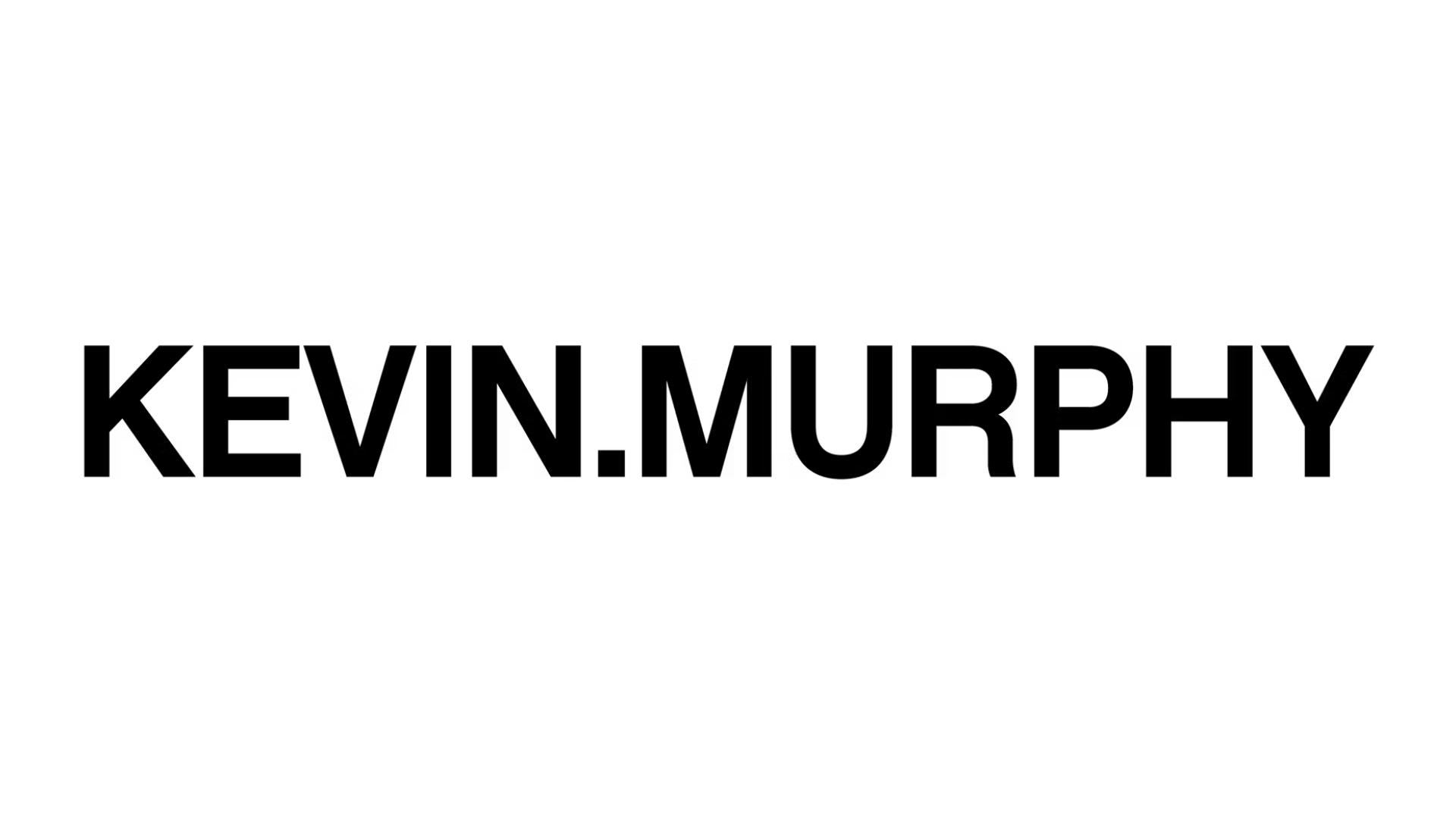
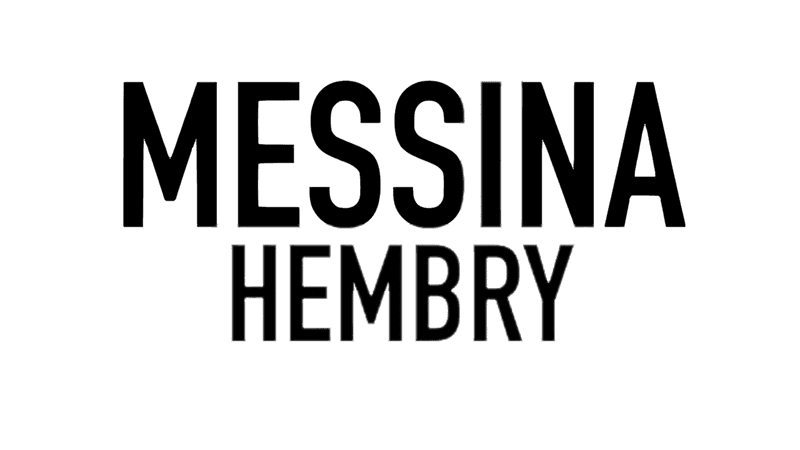
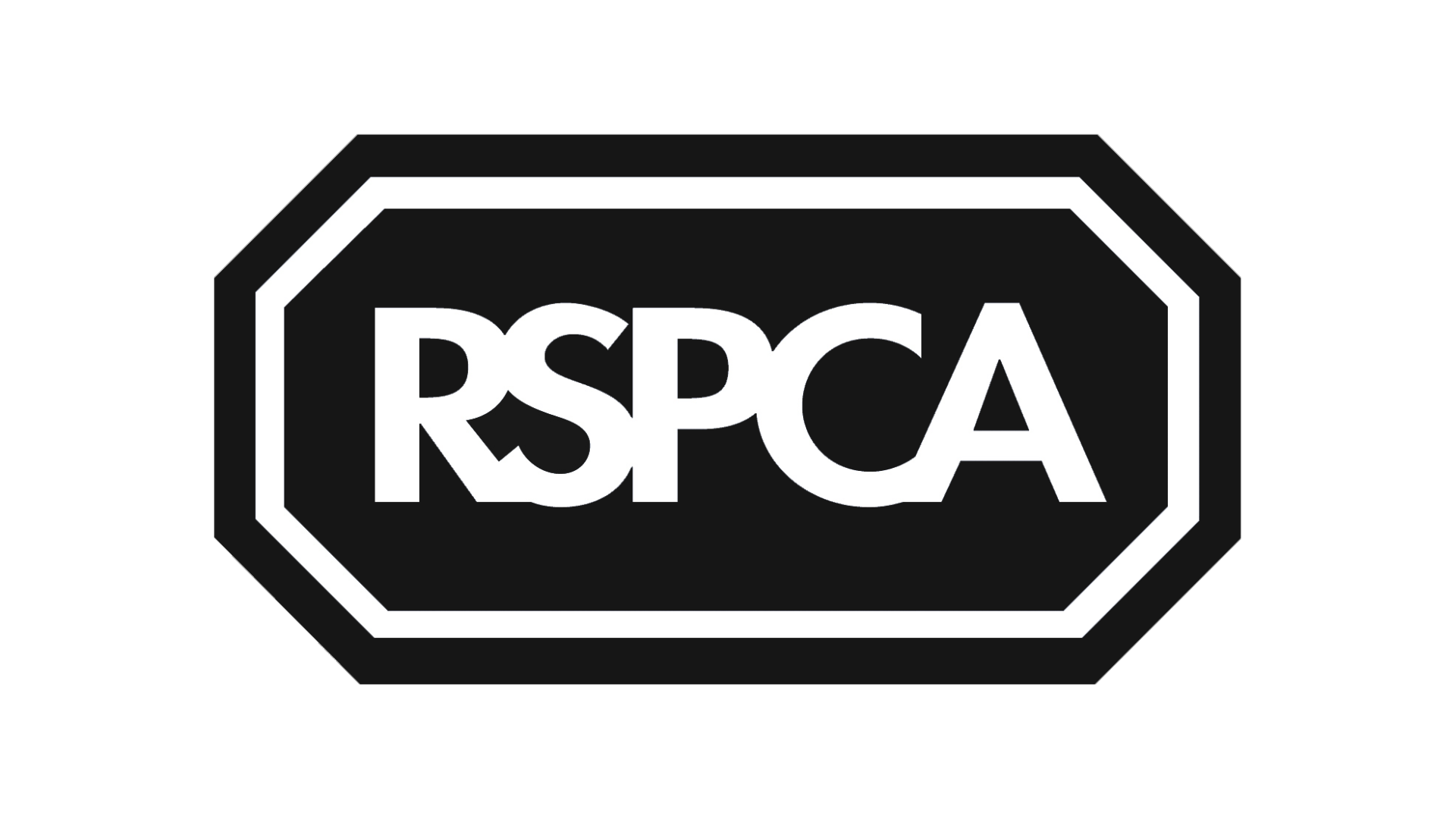


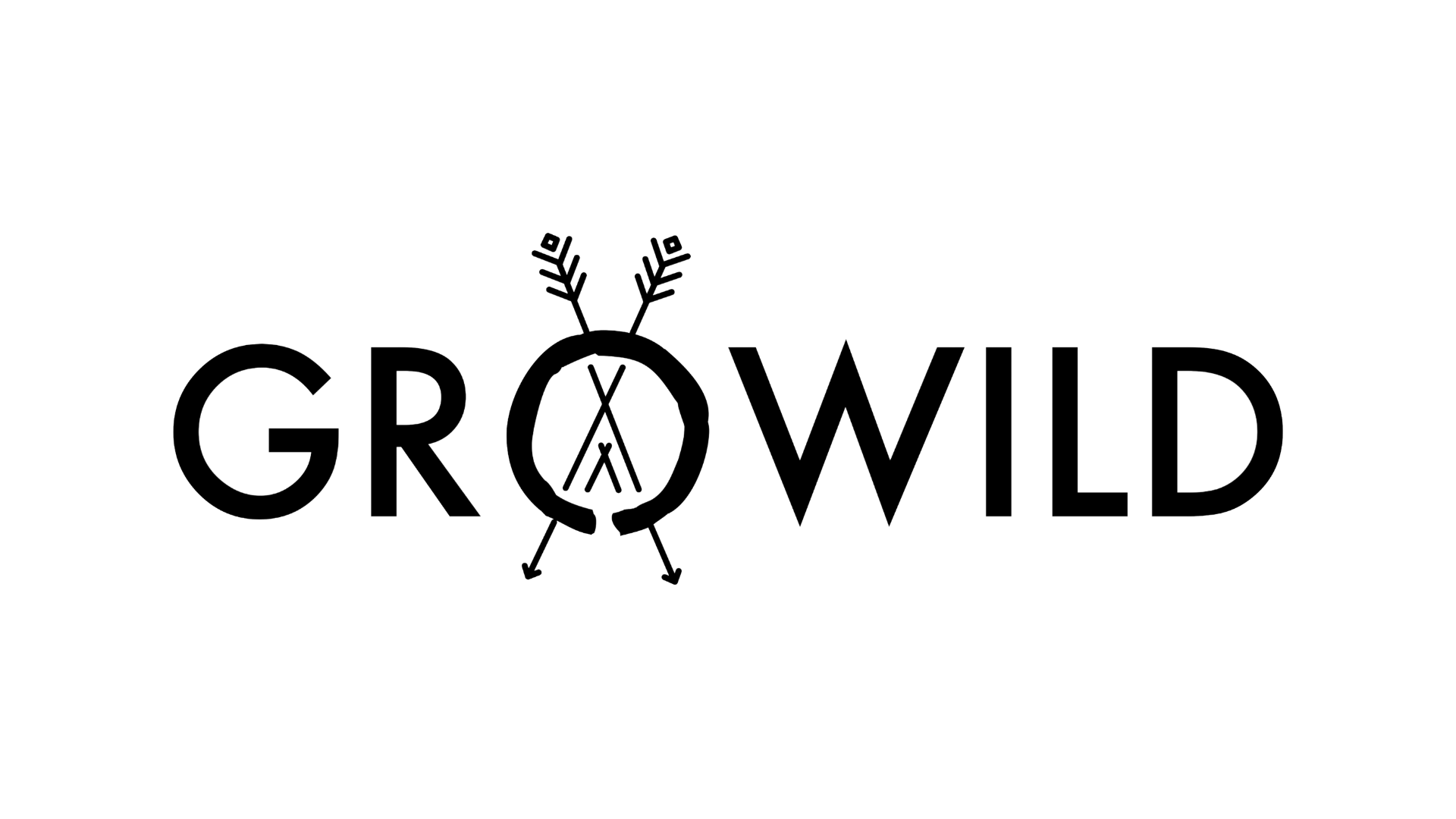
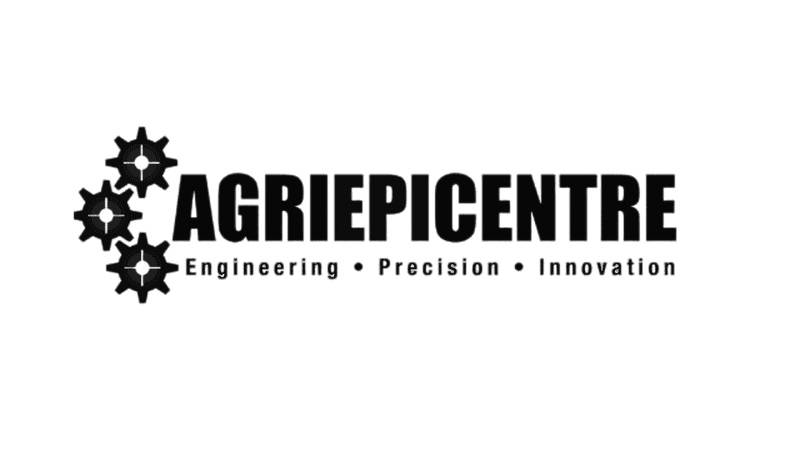


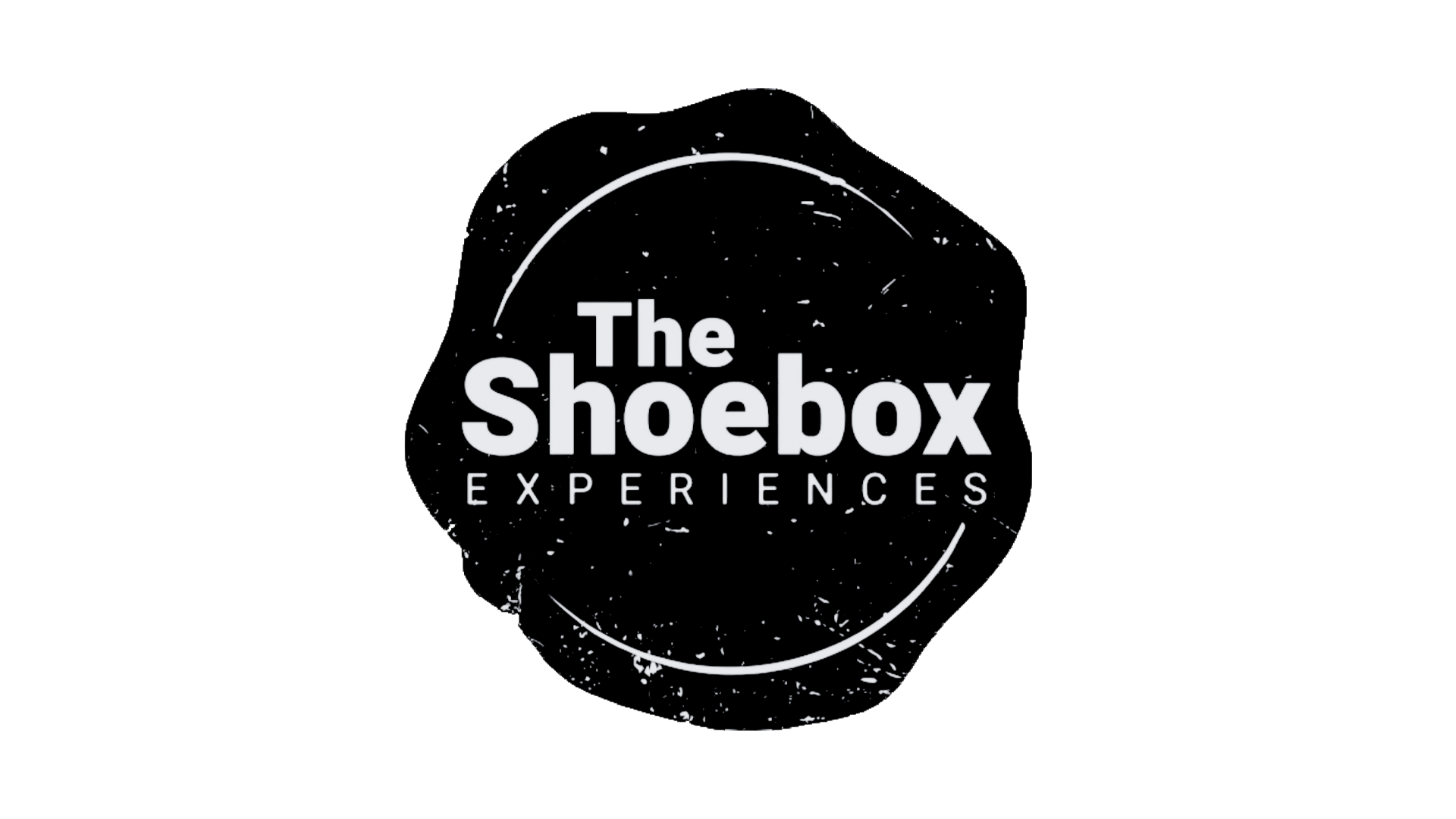


![[removal.ai]_7f27bf29-db53-435d-a634-4d6e7d4c0038](https://yawnmarketing.co.uk/wp-content/uploads/2023/01/removal.ai_7f27bf29-db53-435d-a634-4d6e7d4c0038.png)
![[removal.ai]_fb8dfe21-d7f5-4548-bd32-4e066ba3f972](https://yawnmarketing.co.uk/wp-content/uploads/2023/01/removal.ai_fb8dfe21-d7f5-4548-bd32-4e066ba3f972.png)
![[removal.ai]_a1271f54-b85f-4d55-8c8c-c0c256beb093 (1)](https://yawnmarketing.co.uk/wp-content/uploads/2023/01/removal.ai_a1271f54-b85f-4d55-8c8c-c0c256beb093-1.png)
![[removal.ai]_b81ff4af-ccff-4d3c-b358-e094865820af](https://yawnmarketing.co.uk/wp-content/uploads/2023/01/removal.ai_b81ff4af-ccff-4d3c-b358-e094865820af.png)
![[removal.ai]_60636a21-0918-4e97-8dff-085e9821386e](https://yawnmarketing.co.uk/wp-content/uploads/2023/01/removal.ai_60636a21-0918-4e97-8dff-085e9821386e.png)
![[removal.ai]_tmp-63bc0f493a216](https://yawnmarketing.co.uk/wp-content/uploads/2023/01/removal.ai_tmp-63bc0f493a216.png)
![[removal.ai]_258a25d0-cf81-49e2-97ea-eb5dba513e42](https://yawnmarketing.co.uk/wp-content/uploads/2023/01/removal.ai_258a25d0-cf81-49e2-97ea-eb5dba513e42.png)
![[removal.ai]_tmp-63bc0fb550b31](https://yawnmarketing.co.uk/wp-content/uploads/2023/01/removal.ai_tmp-63bc0fb550b31.png)
![[removal.ai]_tmp-63bc100312311](https://yawnmarketing.co.uk/wp-content/uploads/2023/01/removal.ai_tmp-63bc100312311.png)
![[removal.ai]_932dba74-335e-465d-a995-b96be4cec293](https://yawnmarketing.co.uk/wp-content/uploads/2023/01/removal.ai_932dba74-335e-465d-a995-b96be4cec293.png)
![[removal.ai]_tmp-63bc101f25d1c](https://yawnmarketing.co.uk/wp-content/uploads/2023/01/removal.ai_tmp-63bc101f25d1c.png)